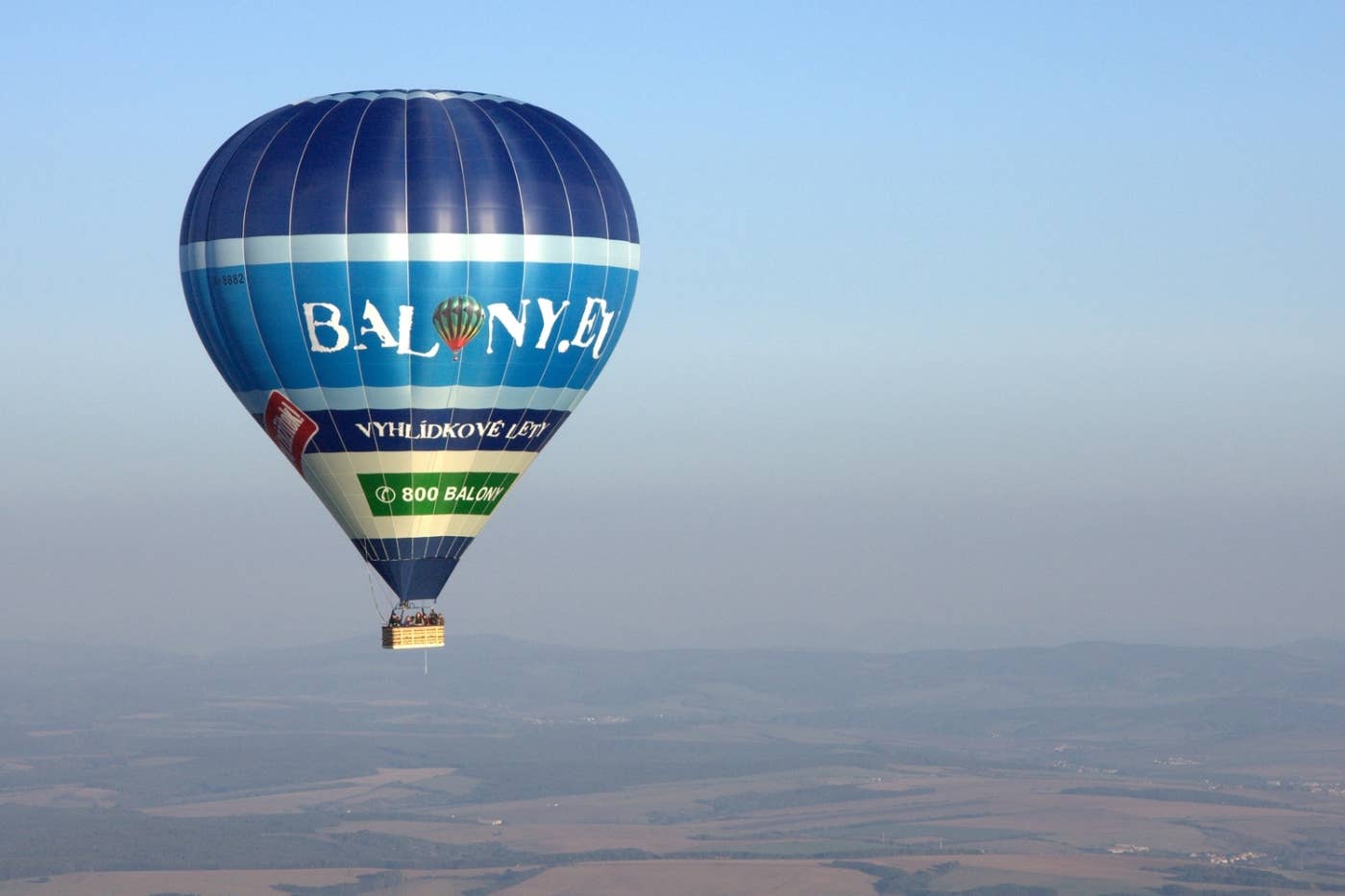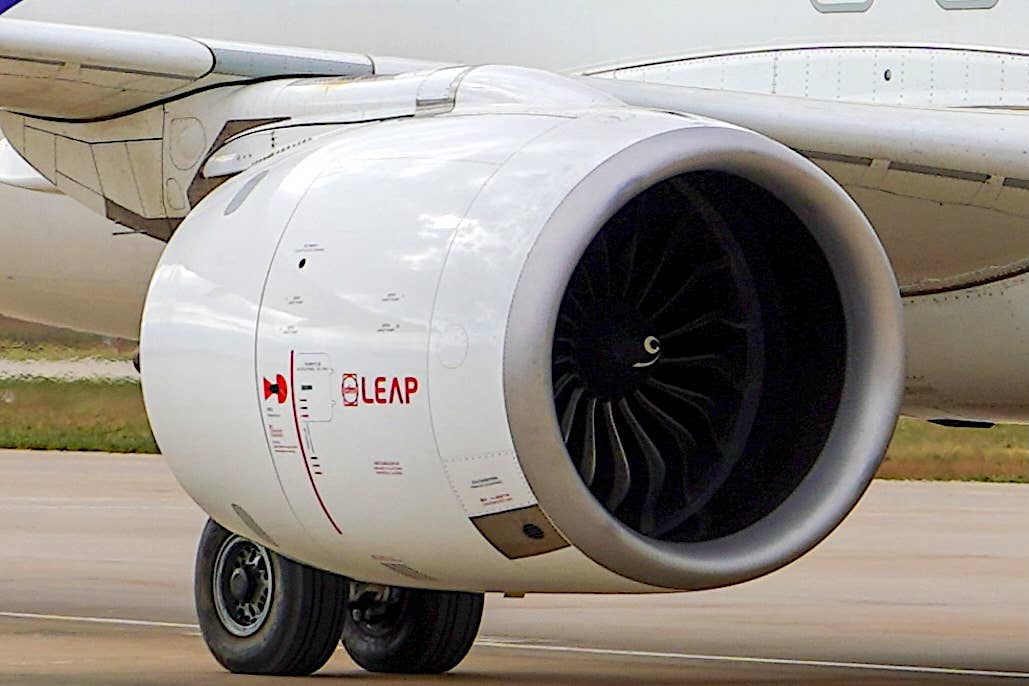Updated: Balloon Crash Kills Four
Four people died, including the pilot, and one is critically injured after a hot-air balloon crash in Eloy, Arizona, about halfway between Tucson and Phoenix, on Sunday. The balloon, identified…

From the Kubicek website: the balloon involved in the accident was similar.
Four people died, including the pilot, and one is critically injured after a hot-air balloon crash in Eloy, Arizona, about halfway between Tucson and Phoenix, on Sunday. The balloon, identified on Monday by the National Transportation Safety Board as a Czech Republic-made Kubicek BB 85, took off with 13 people in the basket, including eight skydivers. After the skydivers jumped “something catastrophic occurred with the balloon, causing it to crash to the ground,” said Eloy Police Chief Byron Gwaltney at a news conference. It would appear the skydivers' departure was planned and not in response to problems with the balloon.
Eloy Mayor Micah Powell told reporters witnesses said the canopy was deflated and the basket hit hard on the desert. The five people left in the basket included four passengers and the pilot. According to the Kubicek website, the BB 85Z has a volume of 300,000 cubic feet and can carry 12 to 16 passengers in addition to the pilot, identified by police as 37-year-old Cornelius Van Der Walt, founder and owner of Droplyne Hot Air Balloon Rides.
(A previous version of this story incorrectly identified the make and model of the balloon based on a since-corrected early NTSB statement.)






